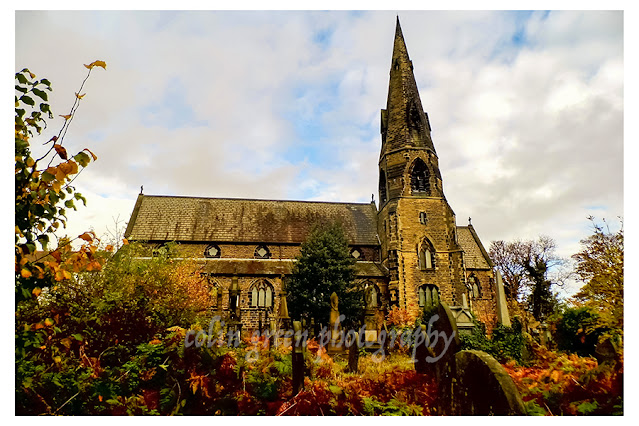The Calder and Hebble Navigation isn't just a waterway; it's a testament to the ingenuity of the Industrial Revolution and a living thread in the history of West Yorkshire. As you walk the towpath between Sowerby Bridge and Salterhebble, you're treading the same ground once bustled with horse-drawn barges and the clamour of industry. This specific stretch, captured so beautifully in these photos from February 2020, reveals the canal's rich story, from its vital role in commerce to its peaceful modern-day purpose.
The Broad Canal's Genesis
Opened in 1770, the Calder and Hebble Navigation was a groundbreaking feat of engineering. Unlike many of its contemporaries, it’s a broad canal, designed to accommodate wider boats and larger cargoes, a clear sign of its ambition to be a major commercial artery. It was a fusion of man-made cuts and cleverly "navigated" sections of the existing River Calder and River Hebble. This design was both a blessing and a challenge, harnessing the power of nature while requiring meticulous control to manage water levels and prevent flooding. Our journey begins at the Sowerby Bridge Basin, a historic nexus where the Calder and Hebble Navigation meets the Rochdale Canal. This connection, completed in 1804, transformed Sowerby Bridge into a critical trans-Pennine hub, linking the ports of Hull and Liverpool. The basin itself is a beautiful blend of industrial architecture and modern leisure, where former warehouses have been converted into cafes and bars, and canal boats now serve as peaceful homes and holiday cruisers.
Copley: A Glimpse of Industrial Life
As you follow the path from Sowerby Bridge, you'll reach the picturesque section around Copley. Here, the canal flows alongside the Calder, and you can see tangible reminders of its industrial past. The pictures show old sluices and delivery chutes, once used to load and unload goods directly from the mills that lined the waterway. These structures are more than just ruins; they are silent witnesses to the daily grind of workers and the flow of raw materials that fuelled the textile industry. The tranquil water and green banks today stand in stark contrast to the smoke-filled, noisy reality of two centuries ago.
The Salterhebble Locks: A Stepping Stone to Halifax
Continuing east, the canal eventually reaches the Salterhebble Locks. This is a particularly fascinating point, as it marks the former junction with the Halifax Branch Canal. The branch, opened in 1828, was a crucial link for mills in Halifax town center, rising an impressive 110 feet through 14 locks. Although the branch was abandoned in the 1940s, the remnants can still be seen, including the locks and the charming lock keeper's cottage. The lock complex at Salterhebble itself is a piece of living history, with some of the original handspike-operated paddle gear still in use, a rare sight on Britain's waterways.
Today, the Calder and Hebble Navigation is a vibrant leisure route, used by boaters, walkers, and cyclists. Its transformation from a workhorse of industry to a peaceful recreational haven is a powerful story of renewal. It reminds us that even after their original purpose has faded, our industrial waterways continue to provide a valuable resource, connecting people with nature and our shared past.
Clicking any of the images below should open a link in another window to my Colin Green Photography store on Zazzle.


















































